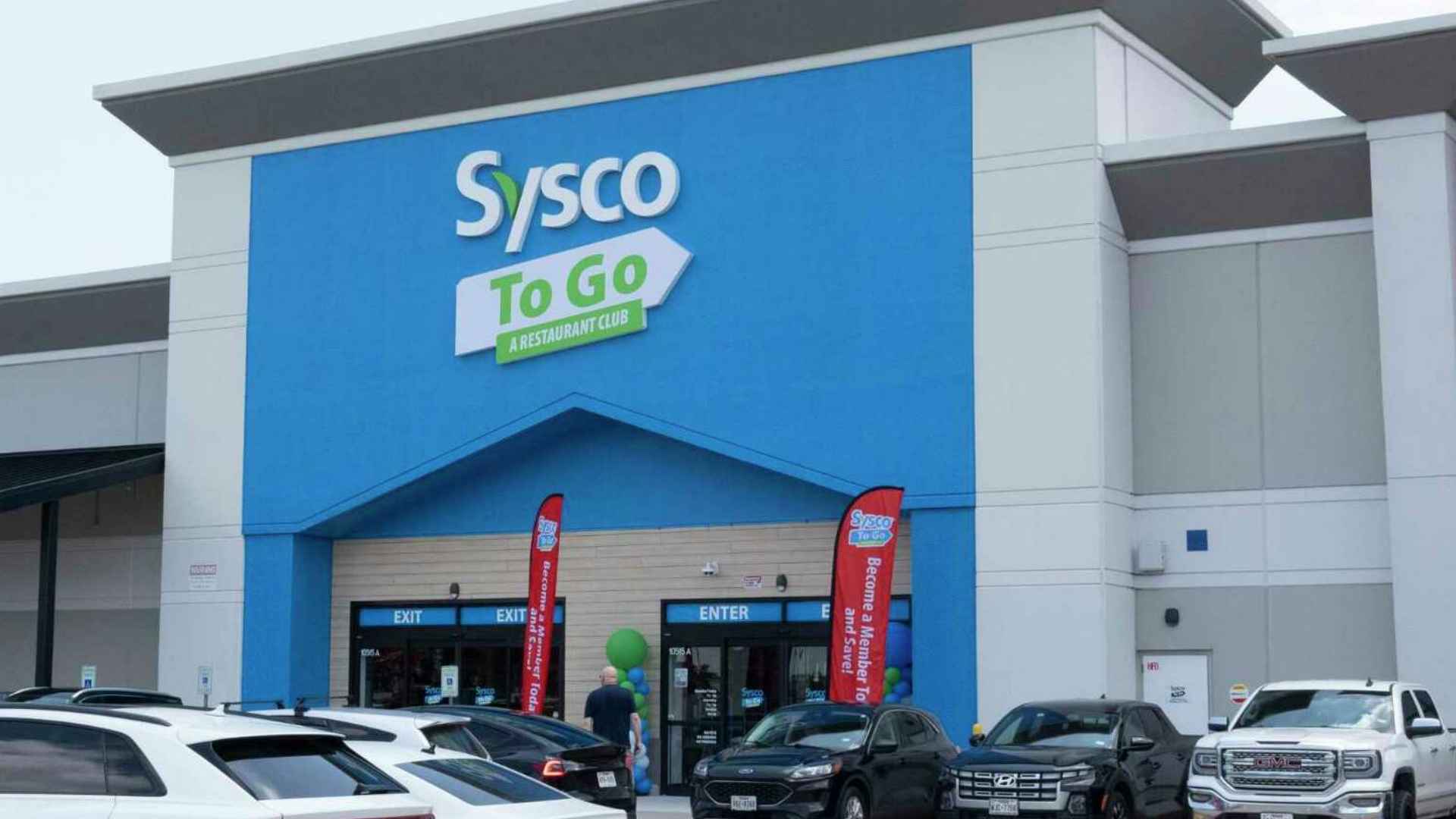Thousands of former and current employees—and even some loyal customers—could soon receive cash and credit‑monitoring services after the food‑distribution giant settled a class action tied to last year’s cyberattack.
Sysco’s 2023 breach exposed personal data and sent recipients scrambling to guard against fraud. Now, under a settlement filed in federal court, the company has set aside $2.3 million to cover reimbursements and extra payments. Here’s what you need to know if you got that unsettling notice in your mailbox last May.
Who qualifies for payment and free credit monitoring under the settlement
Wondering if you’re in the pool? Eligibility is tightly defined: every U.S. resident who received Sysco’s mailed breach notice dated May 2023 is considered an “affected class member.” These recipients may claim:
- Cost reimbursement up to $5,000 for documented out‑of‑pocket expenses linked to identity‑theft prevention, legal help, or account monitoring.
- A residual cash payment estimated between $100 and $200—potentially as high as $599 if fewer people file.
- Two full years of credit monitoring that bundles dark‑web scans, triple‑bureau alerts, identity‑theft insurance, and on‑demand fraud‑resolution agents.
Seems generous? Sysco still denies wrongdoing, but the benefits are real and capped only by the size of the claiming group.
Dates every potentially affected Sysco employee or customer needs to remember
Need a quick cheat sheet? Keep this on the fridge:
| Deadline | Action required | 2025 date |
|---|---|---|
| Request exclusion or objection | Tell the court you’re out—or that you object | August 8 |
| File your claim form | Submit proof and choose payment method | September 8 |
| Final approval hearing | Judge signs off (or not) on the deal | October 9 |
Missing a date means missing the money, so set calendar reminders now.
How much money you could actually pocket depending on your claim
Payout math is simple but tiered. First, your documented costs (up to $5,000) are reimbursed dollar‑for‑dollar. After that, the leftover fund is split evenly among everyone who filed correctly, delivering that residual payment. Consequently, a smaller claimant pool boosts individual checks. On the other hand, a flood of forms pushes the residual toward the lower estimate. Either way, the two‑year credit monitoring—valued at roughly $300 per person—arrives free of charge.
What documents count as proof? Receipts, bank or credit‑card statements, invoices, IRS letters, even notarized affidavits showing unauthorized withdrawals. Attach clear copies to the claim form to avoid delays.
If Sysco’s notice landed in your mailbox, gather receipts, fill out the online claim, and circle those 2025 deadlines. After all, why leave money—plus robust credit protection—on the table?

